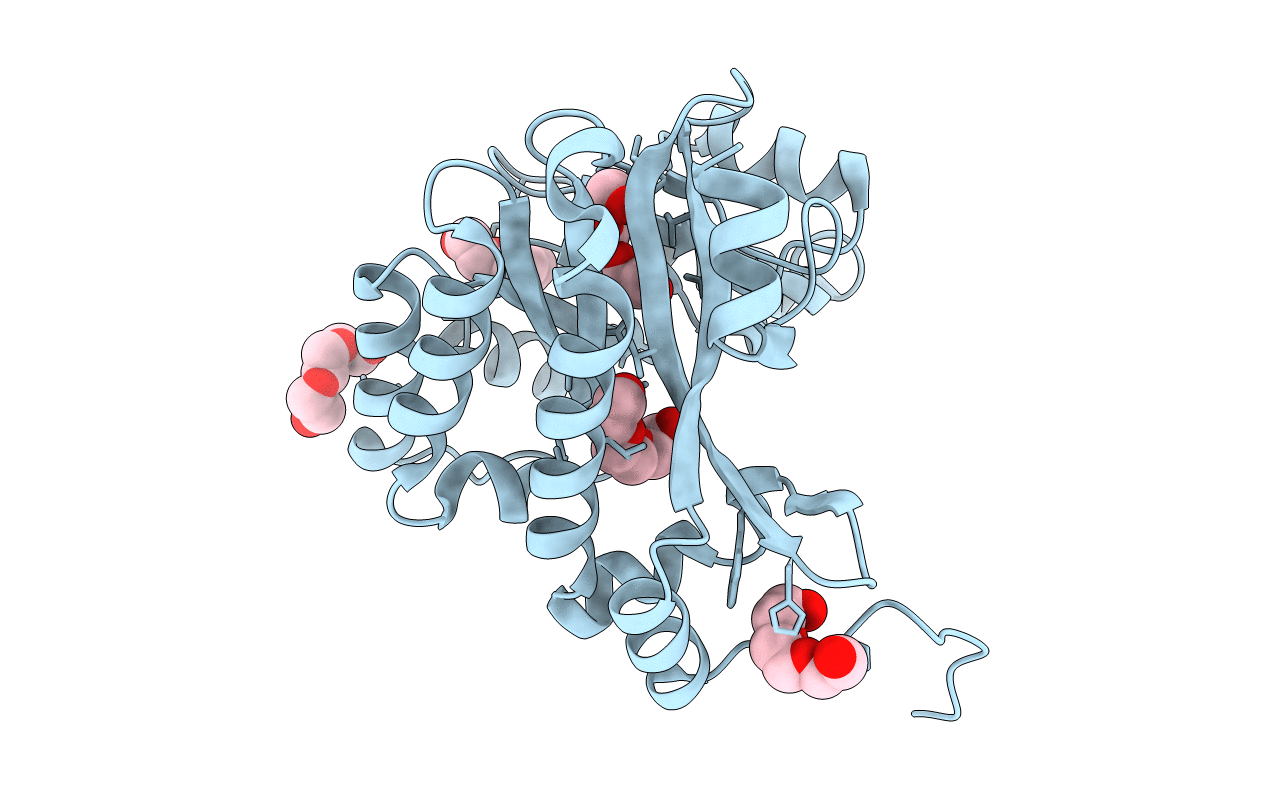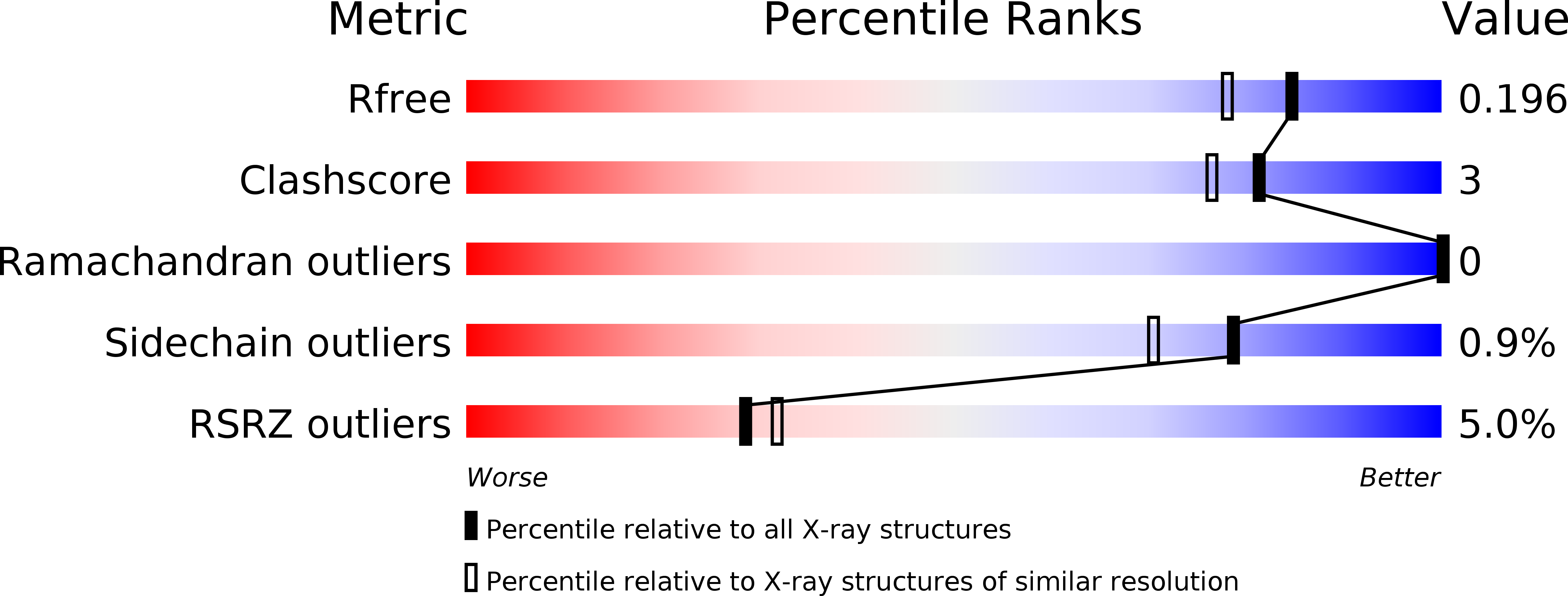
Deposition Date
2013-05-02
Release Date
2014-01-29
Last Version Date
2024-11-06
Entry Detail
PDB ID:
4KIE
Keywords:
Title:
Crystal structure of the EAL domain of c-di-GMP specific phosphodiesterase YahA
Biological Source:
Source Organism:
Escherichia coli (Taxon ID: 83333)
Host Organism:
Method Details:
Experimental Method:
Resolution:
1.70 Å
R-Value Free:
0.18
R-Value Work:
0.16
R-Value Observed:
0.16
Space Group:
I 2 2 2


